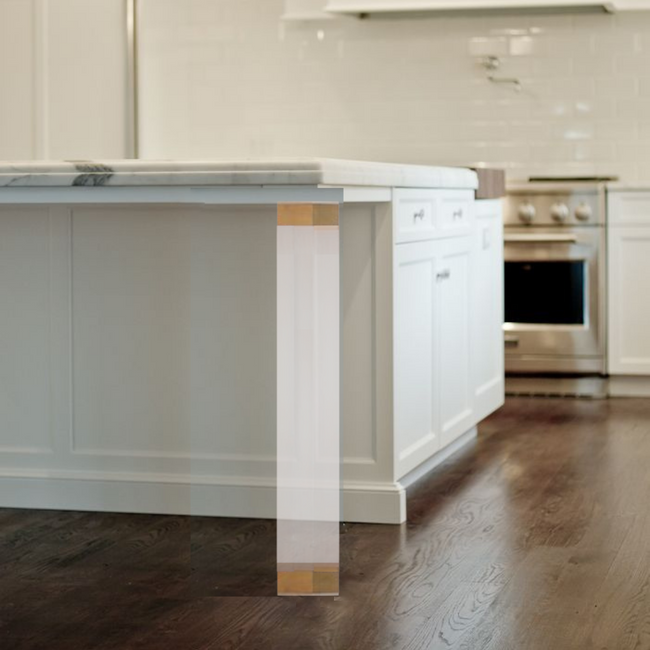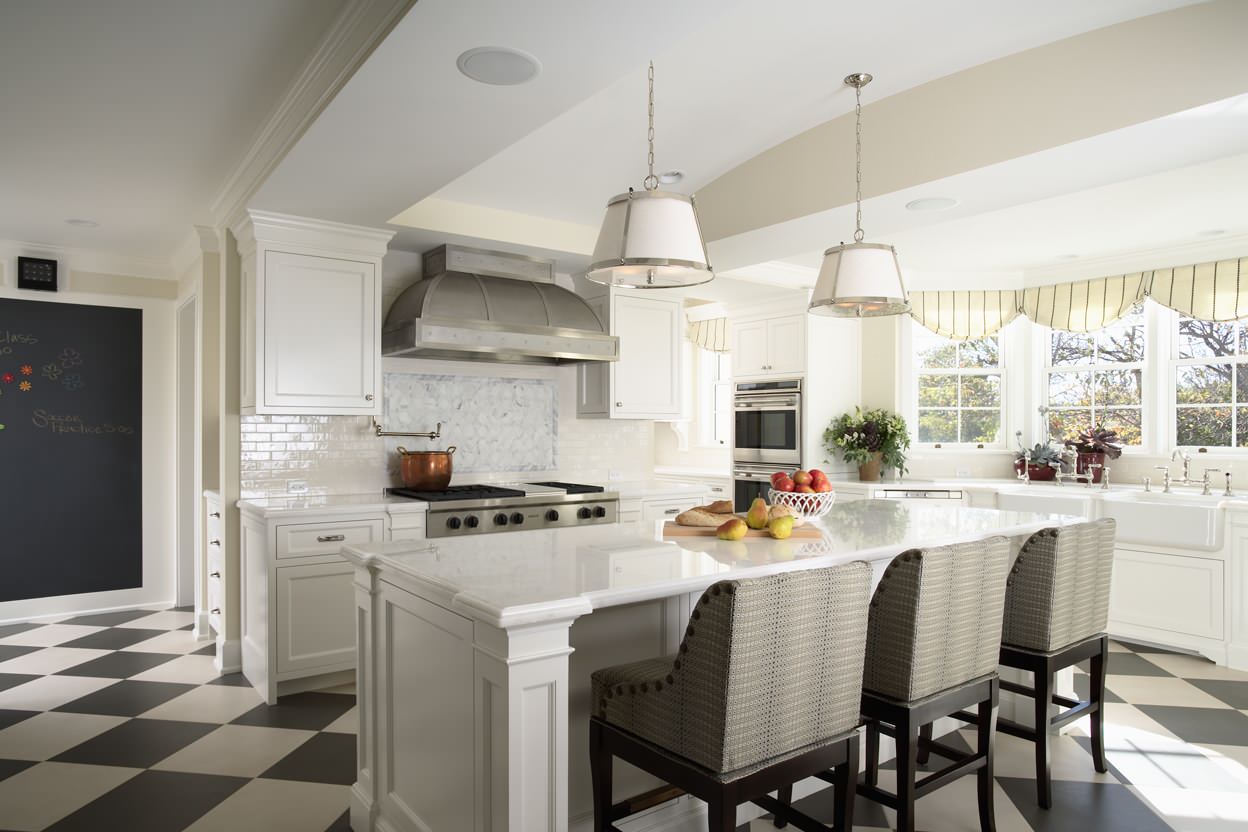The Importance of a Sturdy Kitchen Island Leg in Producing a Useful Food Preparation Location
A tough cooking area island leg acts as a basic element in establishing a functional cooking atmosphere, supplying essential assistance for both the countertop and various kitchen area tasks. The security it supplies can considerably decrease the danger of crashes in high-traffic areas, while also adding to the total aesthetic coherence of the room. As kitchen areas advance into multifunctional areas for food preparation, eating, and mingling, the choice of materials and style factors to consider for island legs comes to be significantly vital. Comprehending these aspects can change your kitchen into a much safer and more effective location, prompting additional expedition into the finest alternatives readily available.
Benefits of Sturdy Island Legs
Supplying essential support, sturdy kitchen area island legs play an essential function in boosting the capability and sturdiness of cooking area islands - kitchen island leg. These legs not only bear the weight of the kitchen counter and any kind of added things put on the island, however also add to the overall security of the framework. A well-supported kitchen island makes certain that it stays upright and functional, even under heavy usage, which is particularly vital in busy kitchen area environments
Additionally, tough island legs can improve the visual appeal of the kitchen area. They provide a solid structure that can complement numerous design styles, from contemporary to traditional. This versatility permits house owners to customize their cooking area islands according to personal taste while making sure that the structural honesty continues to be uncompromised.
In addition to their encouraging role, robust cooking area island legs can additionally enhance security. A stable island reduces the danger of accidents created by tipping or tottering, which is particularly vital in households with children or senior people. Strong legs can assist in a smooth flow of tasks, enabling for efficient meal prep work and social interactions within the cooking area room. Eventually, spending in strong kitchen area island legs is crucial for a functional and visually pleasing cooking area.
Materials for Kitchen Area Island Legs
When choosing materials for kitchen area island legs, toughness and visual appeal are crucial factors to take into consideration,. One of the most typical materials consist of wood, metal, and crafted timber, each offering special benefits.
Hardwood, such as maple, cherry, or oak, is a classic selection because of its strength and classic charm (kitchen island leg). It can withstand considerable weight and is resistant to put on, making it excellent for high-use kitchen area environments. Additionally, wood can be discolored or painted to match different kitchen area designs
Steel legs, usually crafted from stainless-steel or functioned iron, supply a commercial and modern look. They are incredibly strong and can sustain substantial tons while being immune to moisture and warm, which is advantageous in a cooking area. Steel legs can also be quickly cleansed, enhancing their functionality.

Style Considerations for Security
The option of products for cooking area island legs straight influences the style considerations for security. When find more designing a cooking area island, it is critical to review the weight-bearing capability of the picked materials. Larger materials, such as strong wood or steel, usually provide better stability, especially under the stress and anxiety of everyday usage.
Furthermore, the leg style must integrate correct geometry to enhance stability. A bigger base boosts the assistance area, lessening the risk of tottering or tipping. Factor to consider ought to additionally be provided to the elevation of the legs; click for more disproportionate leg sizes can lead to imbalance, compromising the general security of the island.
Furthermore, the circulation of weight throughout the island is essential. Ensuring that the leg positioning straightens with the heaviest elements, such as counter tops and appliances, will certainly better improve security.
Maintenance Tips for Long Life

Cleaning up is an additional important facet of maintenance. Depending upon the product of the legs-- whether wood, metal, or composite-- ideal cleaning approaches ought to be utilized. For wood legs, a mild wipe with a suitable wood and a wet cloth cleaner will aid protect their coating. Metal legs may require a light gloss to avoid rust and keep their radiance.
If the cooking area island experiences heavy usage, think about strengthening the legs with additional braces or supports to enhance toughness. By complying with these maintenance pointers, home owners can guarantee their kitchen area island legs stay durable and practical for years to come.
Choosing the Right Leg Design
Regular upkeep guarantees that kitchen island legs continue to be functional and sturdy, but selecting the ideal leg design is just as important for both appearances and assistance. The choice of leg style can considerably influence the general layout and consistency of your cooking area.

Capability is another critical aspect. Thicker legs or those with a sturdy base can support much heavier counter tops and tools, enhancing the island's utility. Conversely, slender legs might he has a good point develop a ventilated look, appropriate for lighter styles however possibly much less supportive.
Conclusion
In recap, the relevance of durable kitchen area island legs can not be overstated in the creation of a functional cooking area. These legs provide necessary assistance, enhance stability, and add to the general aesthetic of the kitchen.
A sturdy kitchen island leg serves as an essential element in establishing a functional food preparation atmosphere, offering necessary support for both the countertop and numerous cooking area tasks.Supplying vital support, strong kitchen area island legs play a critical function in improving the functionality and longevity of cooking area islands. Eventually, spending in strong kitchen area island legs is important for a functional and aesthetically pleasing cooking area.
Factor to consider needs to also be provided to the elevation of the legs; disproportionate leg sizes can lead to imbalance, jeopardizing the total security of the island.
Wooden legs supply heat and a classic look, while steel legs supply a modern and commercial feeling.